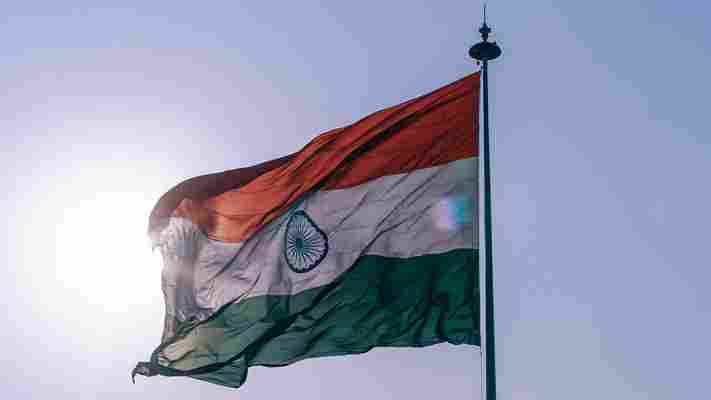India admits to using facial recognition to identify rioters amidst communal tensions
by Miles Warren
April 20,2022
Last month, when US President Donald Trump was taking photos at the Taj Mahal in India, the country’s capital was going through a turbulent time with communal riots . As the police grappled to control the situation, 53 people died and many more were injured.

Yesterday, India‘s Home Minister, Amit Shah, said during the investigation following the riots, the government had identified 1,100 rioters using facial recognition systems.
More importantly, he noted cops used data from voter ID and driving license databases to identify insurgents:
According to a report from The Hindu , a senior police officer said authorities also used India’s national vehicle database, e-Vahan, to catch perpetrators:
However, Delhi police previously said they only matched faces with the criminal and missing persons databases . They also claimed not to be using the system to identify protestors.
If the Indian government uses various non-criminal databases, there are concerns the system might be used to snoop on citizens and people showing dissent against authorities.
Last month, the Ken published a report stating that the government is planning to introduce a new bill, called the Identification of Prisoners and Arrested Persons Bill, which will allow cops to collect biometric data of people they call for interrogation. This is not possible with the current Identification of Prisoners Act.
